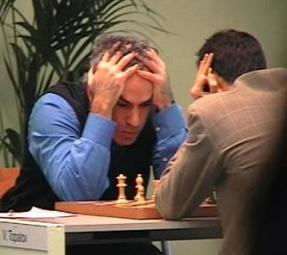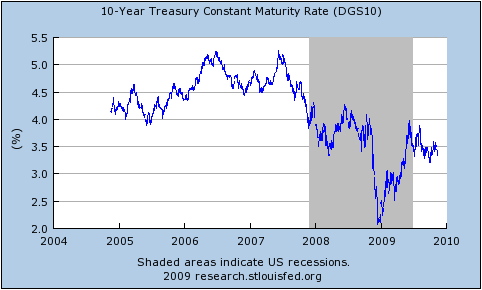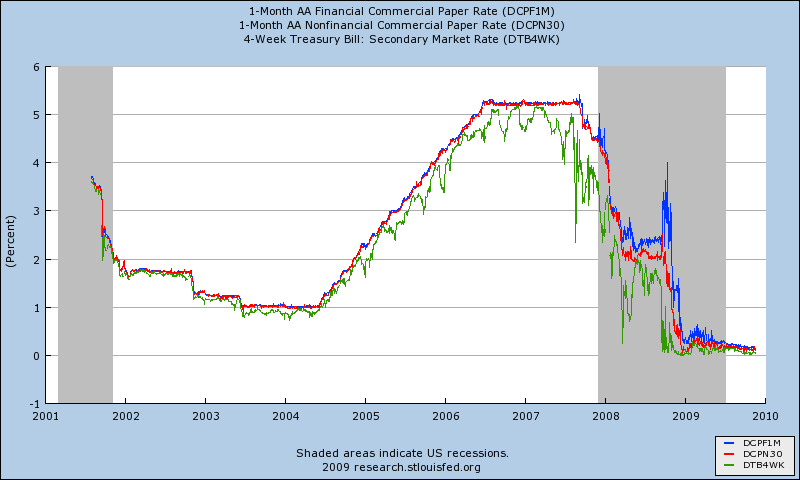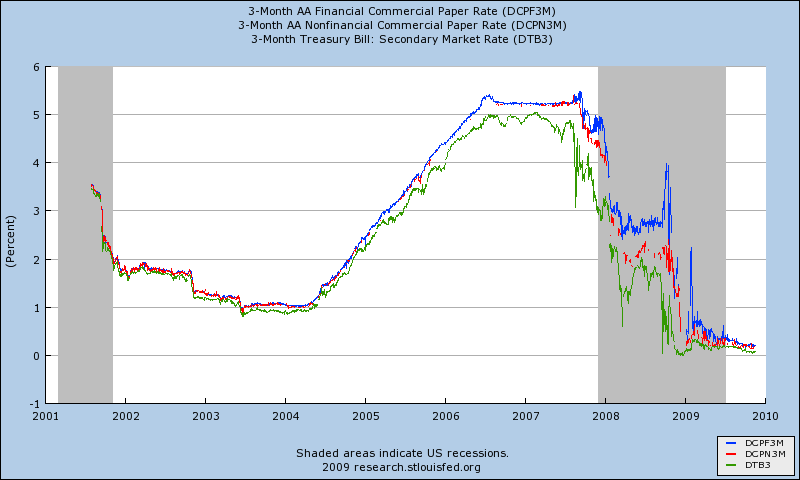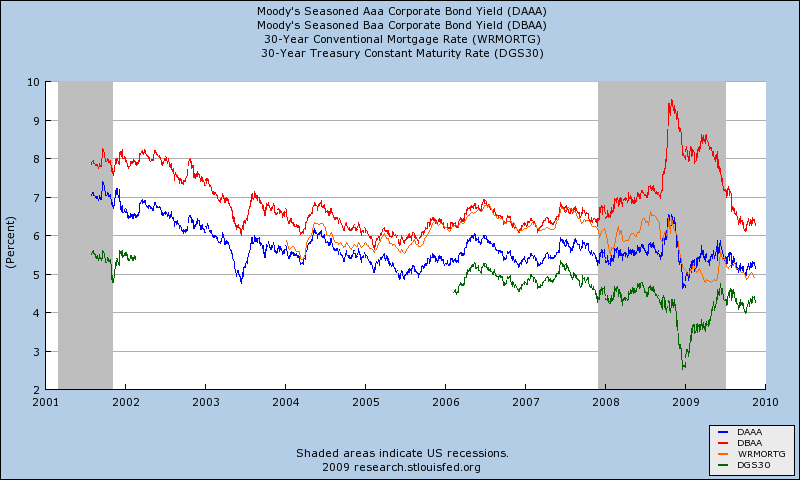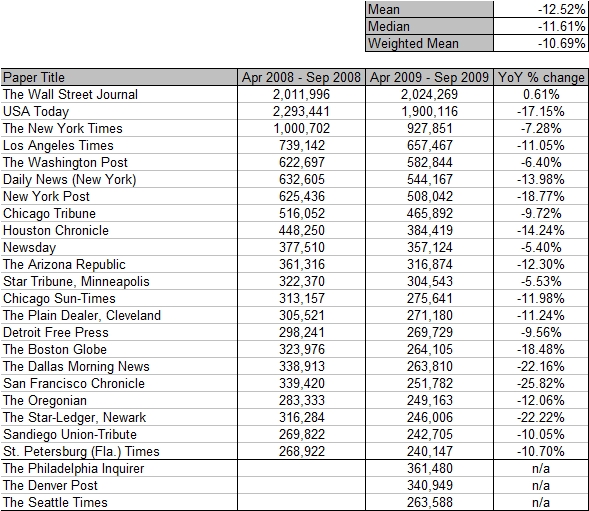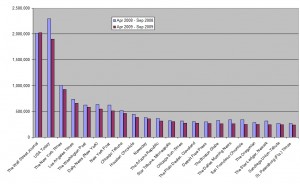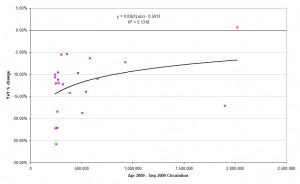I love the blogosphere. It lets all sorts of debates happen that just can’t happen face to face in the real world. Here’s one that happened lately:
James Bullard, of the St. Louis Fed, gave a speech in which (I believe) he argued that wealth effects meant that potential output was discretely lower now after the crash of 2006-2008. David Andolfato and Tyler Cowen both liked his argument.
Scott Sumner, Noah Smith, Paul Krugman, Matt Yglesias, Mark Thoma and Tim Duy (apologies if I missed anyone) all disagreed with it for largely the same reason: A bubble is a price movement and prices don’t affect potential output, if for no other reason then because potential output is defined as the output that would occur if prices didn’t matter.
Brad DeLong also disagreed on the same grounds, but was willing to grant that a second-order effect through labour-force participation may be occurring, although that was not the argument that Bullard appeared to be making.
In response, Bullard wrote a letter to Tim Duy, in which he revised his argument slightly, saying that it’s not that potential output suddenly fell, but that it was never so high to start with. We were overestimating potential output during the bubble period and are now estimating it more accurately.
The standard reply to this, as provided by by Scott Sumner, Tim Duy, Mark Thoma and Paul Krugman, takes the form of: If actual output was above potential during the bubble, then where was the resulting inflation? What is so wrong with the CBO’s estimate of potential output (which shows very little output gap during the bubble period)?
Putting to one side discussions of what the output gap really is and how to properly estimate it (see, for example, Menzie Chinn here, here and here), I’ve always felt a sympathy with the idea that Bullard is advocating here. Although I do not have a formal model to back it up, here is how I’ve generally thought of it:
- Positive output gaps (i.e. actual output above potential) do not directly cause final-good inflation. Instead, they cause wage inflation, which raises firms’ marginal costs, which causes final-good inflation.
- Globalisation in general, and the rise of China in particular, meant that there was — and remains — strong, competition-induced downward pressure on the price of internationally tradable goods.
- That competition would induce domestic producers of tradable goods to either refuse wage increases or go out of business.
- Labour is not (or at least is very poorly) substitutable. Somebody trained as a mechanic cannot do the work of an accountant.
- Therefore, the wages of workers in industries producing tradable goods stayed down, while the wages of workers in industries producing non-tradable goods were able to rise.
- Indeed, we see in the data that both price and wage inflation in non-tradable industries have been consistently higher than those in tradable sectors over the last decade and, in some cases, very much higher.
The inflation was there. It was just limited to a subset of industries … like the financial sector.
(Note that I’m implicitly assuming fixed, or at least sticky, exchange rates)
As it happens, I also — like Tyler Cowen — have a sneaking suspicion that temporary (nominal) demand shocks can indeed have effects that are observationally equivalent to (highly) persistent (real) supply shocks. That’s a fairly controversial statement, but backing it up will have to wait for another post …
